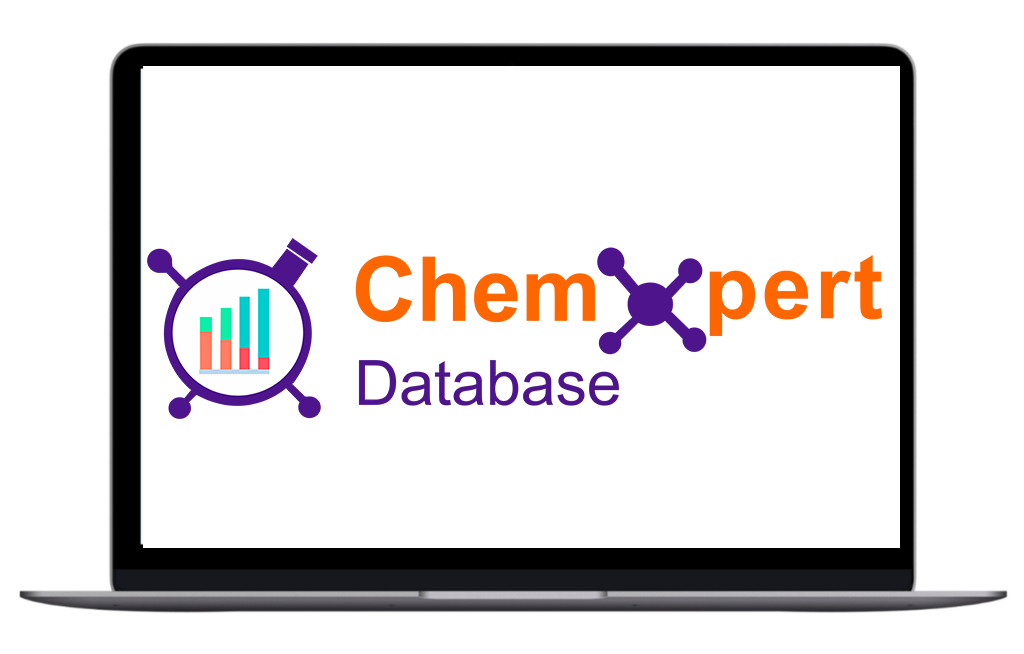No notifications yet
The European Medicines Agency has approved Dupixent (dupilumab) to treat eosinophilic esophagitis (EoE) in children as young as one year of age. Specifically, the approval covers children aged one to 11 years who weigh at least 15 kg and who are inadequately controlled by, intolerant to, or who are not candidates for conventional medicinal therapy. This expands the initial approval in the European Union (EU) for EoE in adults and adolescents and makes Dupixent the first and only medicine indicated to treat these young patients. Dupixent is also approved in this young age group in the US and Canada.
From the president: ESEO Italia
“Young children with eosinophilic esophagitis are at the beginning of their life-long journey with a disease that challenges their ability to eat. Parents of these children have often relied on restrictive diets that do not specifically address the disease and can stunt their growth at a critical time in development that could impact them for years to come. We are pleased that research continues and offers new treatment options to improve the quality of their care.”
Houman Ashrafian, MD, PhD, Executive Vice President, Head of Research and Development, Sanofi
“Up to half of all children in the EU with eosinophilic esophagitis remain uncontrolled despite existing standard of care treatment options, and, as a result, many of these young patients struggle to maintain weight due to serious symptoms such as difficulty swallowing and vomiting. This milestone provides an important new treatment for pediatric patients who were previously without options specifically approved for their disease. With this novel approach to addressing an underlying cause of eosinophilic esophagitis, Dupixent has the potential to give these young children a better chance to thrive.”
George D. Yancopoulos, M.D., Ph.D. Board co-Chair, President, and Chief Scientific Officer at Regeneron
“Eosinophilic esophagitis presents a unique challenge in young children, who struggle with their basic ability to eat during a time in their lives where proper nutrition is essential for growth and development. This approval will bring the proven efficacy and demonstrated safety profile of Dupixent to this vulnerable, young population that has already been established in older EoE patients and has the potential to transform the standard of care for children with EoE who previously had no therapies specifically approved for them.”
Dupixent has received regulatory approvals in more than 60 countries in one or more indications including certain patients with atopic dermatitis, asthma, chronic rhinosinusitis with nasal polyps, EoE, prurigo nodularis, chronic spontaneous urticaria, and chronic obstructive pulmonary disease in different age populations. More than 1,000,000 patients are being treated with Dupixent globally.

Sick and tired of always wondering if you are being asked to pay the right price for your APIs? This empowers you with the answers you need to make the right decisions in the Global API market.
Chemxpert Database is one of the biggest and most comprehensive directories of pharma and chemicals, manufacturers, suppliers and information. Provided with current information on prices, demand and transactions, it gives you instant feedback on whether you are buying what is right and at the right time.
Start using market intelligence today and allow yourself to be in control in the API market.
Check it out today and make more informed sourcing decisions! Learn More!
